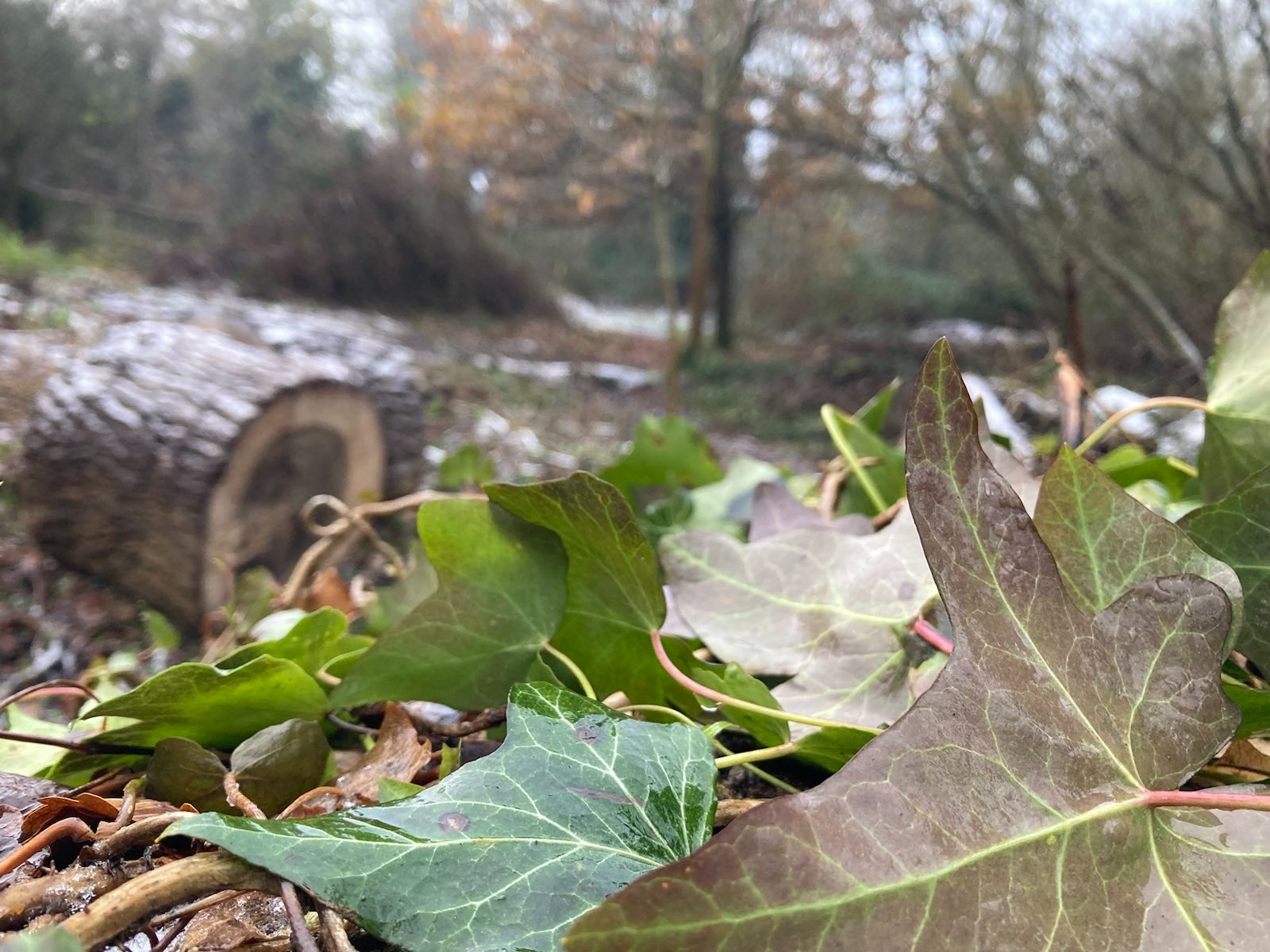Out of the Underworld
21 January 2023

I felt her before I saw her. Some simple code of the woods - where every small creature warns every other small creature of imminent danger - had removed the song and the squabble from the trees.
Directly above my path, on a low branch, a sparrowhawk sat with the quiet patience of a woman in a café waiting for a friend. I saw the mackerel stripe of her vest first – tasteful yet distinctive – a waffle of cream and brown beneath a dun cap and cloak. The sulphur eyes were hidden to begin with; either rotated away or obscured by ivy. But I felt their burn when our eyes finally met, and we held a long look.
How tedious it must be, I thought, if everyone always leaves just as soon as you arrive. All small birds vanish as soon as a sparrowhawk turns up. The males eat anything up to the size of a thrush. The females can pack away a pigeon. The woods held the same silence as they did that day, several months before, when the beech branch groaned and cracked and smashed thirty feet to the ground. Widow-makers both, the hawk and the beech tree, responsible for all kinds of murder.
She had planned the perfect ambush: above the stream beside the gardens. She haunts the strips of vegetation where the little birds crowd, since deforestation and urbanisation have reduced her habitat to thin green corridors. Perceived as the arch enemy of the songbirds, in reality she is an ineffective assassin; only one in ten of her attacks end in a kill. Like an administrative angel sent up from the underworld, she plays her part in natural selection - taking mostly the old and the ill, those too sick or injured to get away.
Admired for her speed, reviled for her stealth, she is never popular. For centuries she was the victim of the gamekeeper’s gun and for decades the casualty of the farmer’s spray. Now legally protected, her numbers have swelled. With no predators to stop her, she should be dominating the cultivated copses and little urban wildernesses we make across our towns and cities. Yet the time she is most often seen is circling high in the sky, surveying suburban gardens.
Finding the small bird buffet replete of late, she came to the wood in desperation. Her short life (averaging at just over two and a half years) is dominated by the need to find food and the most likely cause of death is starvation. My sudden appearance not only thwarted her plans; it threatened her survival.
We held our gaze, she and I, as I walked beneath her. She facing me, me facing her. One peering down, one staring up. I continued to stare until my boot tripped on a bramble, and I glanced away to secure my footing. When I looked back, she was still facing me. Like a 2D image flipped on a stick, she was in perfect reverse, her yellow eyes incongruous against the grey sky.
They burned my back all the way along the path. I did not turn again until I reached the tops and looked down into the canopy. Perfectly concealed now, you would never guess she was there in the low heart of the wood, in the dark, dank place by the water. Mackerel vest, brimstone eyes, Hadean, and out of place.
